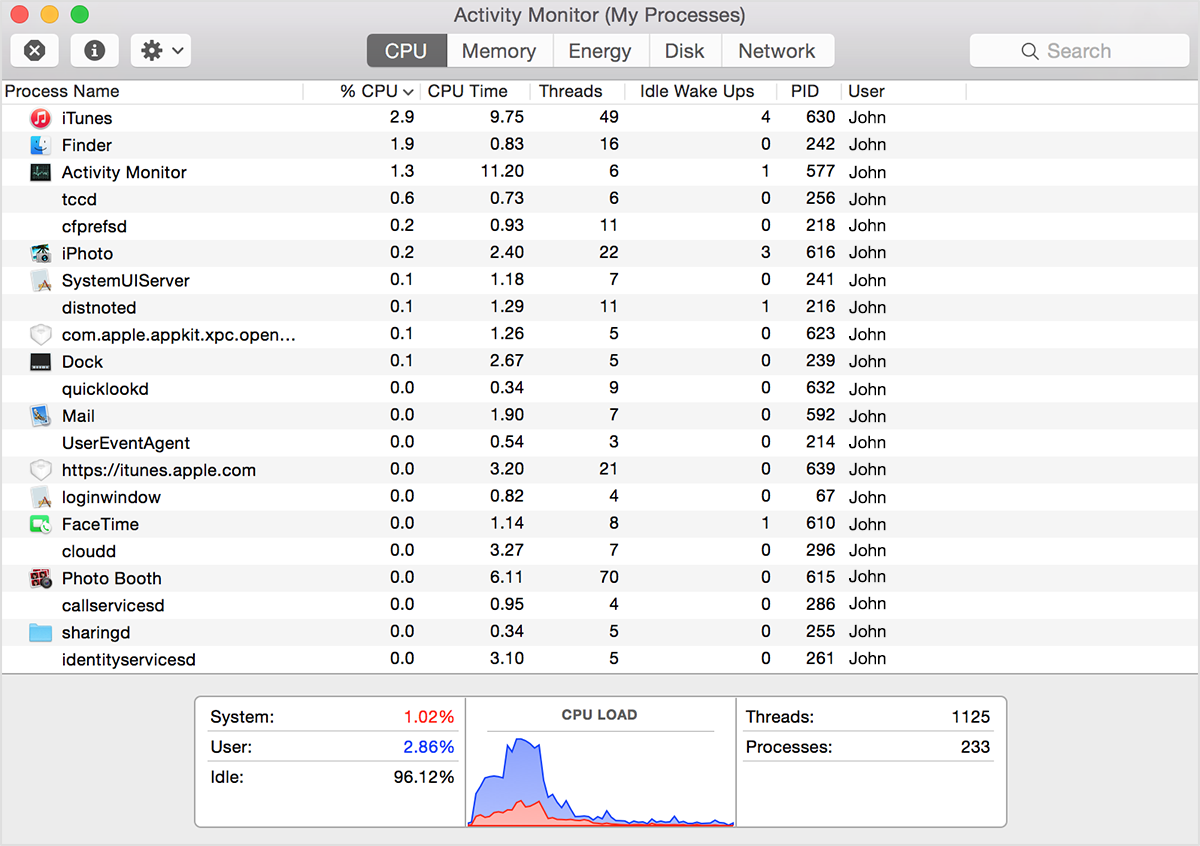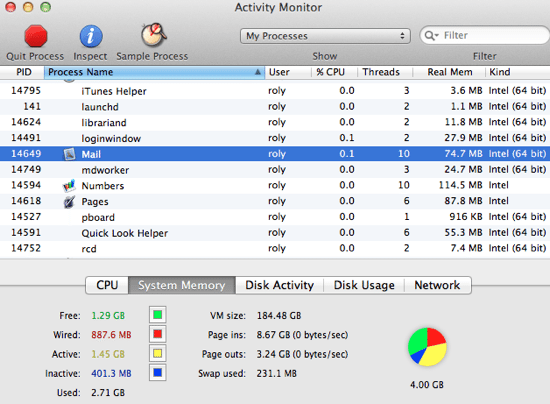


Try to launch some apps or execute some processes to test. After loading the KEXT successfully (I’ve tested it on macOS 10.12 and 10.13), you can open the Console.app to monitor the KEXT’s output. It is also worth noting that each parameter in buffer is separated with ‘\0’, so you need to do a string replacement operation to get the complete string of all command line arguments. Note that the member variable ip_argc represents the amount of the command line arguments. Once we have the address of structure image_params pointer, we can reference its member variables ip_startargv and ip_endargv to get the data buffer for the command line arguments of process execution. The member variable ip_csflags of structure image_params is actually the parameter csflags taken by the callback processExecWithArgsHook. Struct image_params *img = (struct image_params *)((char*)csflags-_offsetof(struct image_params, ip_csflags))

We get the structure image_params pointer by executing the following code: Developing a Tool to Monitor Process Executionįirst, you need to register your MAC Policy, as shown in Figure 1. So to analyze them, it’s fairly necessary to monitor process execution with all of the command line arguments. These new processes are frequently executed with command line arguments. During the process of analyzing malware on macOS, the malware usually executes new processes to perform specific malicious activities in background. However, it did not show how to implement monitor process execution with command line arguments. The blog series “Monitoring Process Creation via the Kernel” explains how to monitor process creation via the kernel using MACF and KAuth (Kernel Authorization). If you are interested in the research of malware and vulnerabilities on macOS, the blogs from are great study resource. In this blog, I will detail the implementation of monitoring process execution, including command line arguments, via MACF. The Mandatory Access Control Framework - commonly referred to as MACF - is the substrate on top of which all of Apple’s securities, both macOS and iOS, are implemented. The MACF on macOS is a good choice to implement this utility. So in order to more efficiently and automatically analyze the malicious behaviors of malware targeting macOS, it is necessary to develop a utility to monitor process execution. Over the years, the FortiGuard Labs team has learned that it is very common for macOS malware to launch a new process to execute its malicious activity.


 0 kommentar(er)
0 kommentar(er)
